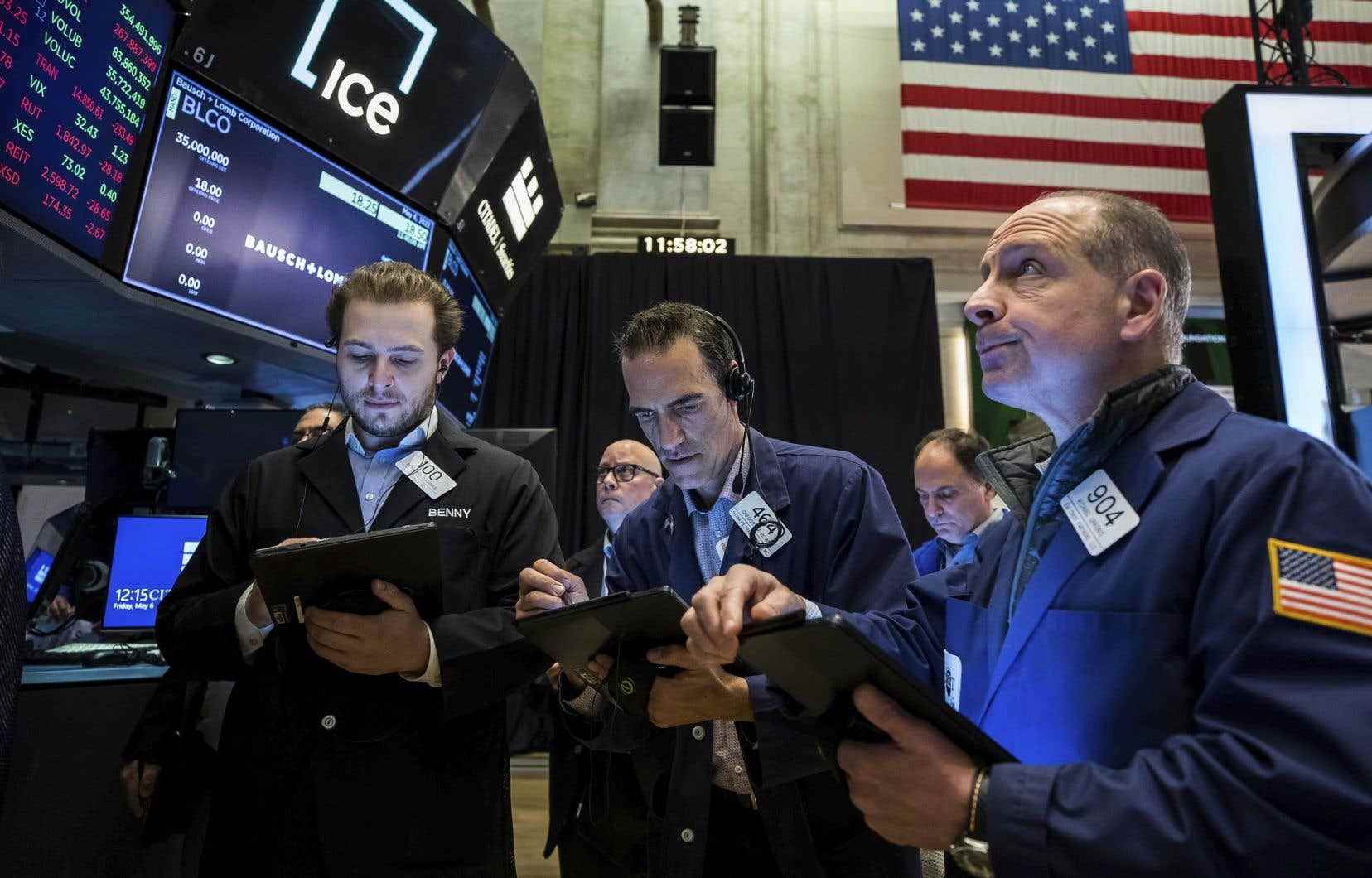For several weeks, the stock markets have been unscrewing. Among the reasons? The uncertainty linked to the war in Ukraine, the rise in rates by the central banks to curb inflation, but also the not very encouraging signals from China, whose draconian health measures could still disrupt the chains of supply. Overview of this haemorrhage.
The slide of the S&P 500
Earlier this week, the S&P 500 stock index, based on 500 major companies listed on stock exchanges in the United States, fell to a low not seen since April 2021. Since its all-time high last January, the US index has s is contracted by more than 15%. Although the situation may seem worrying to investors, there is no need to panic, according to Jean-Paul Giacometti, vice-president and portfolio manager at Claret Gestion de placements.
Apart from the cyclical reasons which explain the decline, there is also a readjustment which takes place while certain companies were overvalued, estimates Mr. Giacometti. “Investors sometimes paid 30, 40 or 50 times the companies’ profits. But people don’t want to pay that much anymore. But that doesn’t mean corporate profits are gone. Except that, as interest rates rise, people are no longer ready to pay so much,” explains the expert. According to him, those who could suffer the most are new investors, who have taken advantage of the stock market rally during the pandemic, without always distinguishing between “a good company” and “a good investment” – not all of whom can ensure significant returns, especially when their stock market valuation is already very high.
The technologies are falling
Historically, tech stocks have always been more volatile, and the trend will not change in 2022. The benchmark NASDAQ index has lost more than a quarter of its value (-26%) since the start of the year , erasing all the gains made in a year and a half since the fall of 2020. It is certainly not the time to sell, but it may soon be the time to buy, say rare optimists, such as the Bank of America analysts.
Of course, you will have to be patient. Tech often relies on equipment spending by businesses and the consumer sector. Experts are now revising their forecasts downward in both cases.
Amazon, which has had an abysmal first quarter, has seen its stock plummet 36% since the start of the year. Apple, after peaking at US$3 trillion in January, is down 15%.
In the United States, the end of the stimulation granted by the Federal Reserve is also being felt, observes the specialized analyst Daniel Ives, of Wedbush. “The magnitude and speed of the precipitous sell-off in tech stocks since the start of the year has taken us by surprise,” he wrote in a note to investors issued earlier this week. “Recession fears and the end of Fed money have caused tech stock valuation multiples to fall steeply. »
Canadian companies are not spared
Earlier this week, the Toronto Stock Exchange also declined. The commodity-heavy S&P/TSX Composite Index had been isolated from the downtrend since the start of the year. On Monday, however, major resources were down, and investor concerns about growth prospects sent the Toronto floor index down. Since March, the index has fallen about 10%.
The Quebec IQ-30 index, which measures the performance of 30 large Quebec companies listed on the stock exchange, is also in the red. The index, developed by the Institute for Research in Contemporary Economics, is at its lowest in about a year. Since last September, it has recorded a loss of more than 10%.
No salvation in gold (nor in digital gold)
Traditionally a safe haven when the going gets tough, an ounce of gold does nothing to reassure depressed investors these days. The main index tracking its value, the HUI Gold Index, is down 20% since mid-April. Gold is still up about 3% since the start of the year.
In the digital world, in recent years, many proponents have attempted to position bitcoin as a kind of “digital gold”, a safe haven in the virtual economy, so to speak. However, there is no salvation on that side either at the present time.
A bitcoin is trading these days for just over US$31,000 (equivalent to CA$40,000), a third less than it was worth at the start of January. Over the past four months, all the main cryptocurrencies have been unscrewing. There is no safe haven there, at least not in the short term, observes well-known billionaire crypto investor Michael Novogratz. “The value of cryptocurrency will continue to follow NASDAQ very closely until we return to an equilibrium point,” he said on a conference call with analysts on Monday. “The market is likely to be turbulent, volatile and difficult at least for the next few quarters ahead. »
NFT, bursting
A sort of canary in the mine of the digital economy, NFTs — or non-fungible tokens — are in disarray. NFTs are digital goods whose value depends heavily on the interest of their followers, much like collectible sports cards.
These days, that interest is at a more than six-month low. Specialized analytics site NonFungible observed a more than 90% drop in the number of NFT transactions last week from the September 2021 peak. The number of active wallet owners on exchanges has meanwhile fell by 88% over the same period.
Coinbase, a cryptocurrency trading app that just days ago launched its own NFT wallet, epitomizes this disinterest best: the platform has only attracted 150 active users. Coinbase has lost 40% of its stock market value since last week. Its stock has plummeted 70% since the start of the year.
